NECO Physics Practical 2023 Questions and Answers (Specimens)
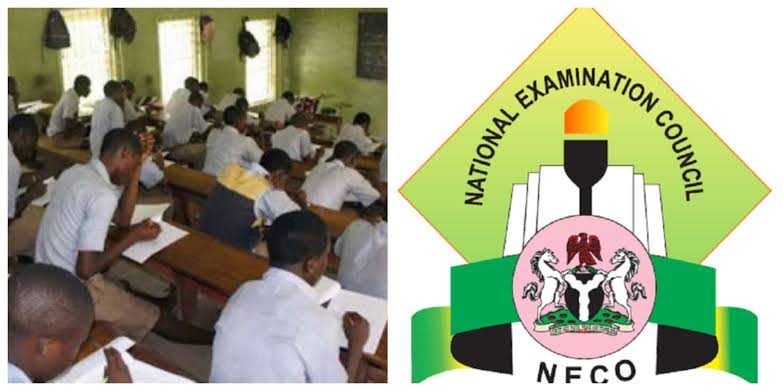
Are you a candidate preparing to write the NECO Physics Practical exam in 2023? Do you want to know what to expect and how to prepare adequately? Look no further than this comprehensive guide that will provide you with all the information you need to ace the NECO Physics Practical exam.
Introduction Paper I: Practical – Physics
The NECO Physics Practical exam is one of the papers that candidates must sit for in order to obtain the Senior School Certificate. This exam is designed to test candidates’ practical knowledge of basic physics concepts and principles. It is usually divided into three sections: Optics, Electricity, and Mechanics. Each section contains a set of questions that require candidates to perform experiments, take readings, and report their findings. The exam is usually held in July and candidates are provided with a list of specimens and apparatus to study ahead of the exam.
Note: This questions may not 100% accurate, This article is meant to guide students for their exams.
NECO Physics Practical Specimen
The NECO Physics Practical exam requires candidates to be familiar with a list of specimens and apparatus that will be used during the exam. This list is usually provided to schools several weeks before the exam to enable candidates to study and familiarize themselves with the items. Here is a list of some of the specimens and apparatus that candidates can expect to encounter in the 2023 NECO Physics Practical exam:
- Metre rule
- Retort stand and clamp
- Pointer
- Plasticine
- Spiral spring
- Mass hanger
- Masses of 50, 70, 90, 110 and 130g
- Stopwatch/clock
- Rectangular glass block
- 4 optical pins
- Drawing board
- Drawing papers
- Protractor
- 30 cm ruler
- 4 drawing pins
- Resistance box
- Rheostat
- Ammeter(0-1 A)
- 2 V Accumulator or two 1.5 V dryLeclanche cell
- 10 connecting wires
- Torchlight bulb
- Key
It is important to note that the above list is not exhaustive and that candidates should consult their school for a complete list of specimens and apparatus.
NECO Physics Practical Questions and Answers
The NECO Physics Practical exam consists of a set of questions that require candidates to perform experiments and report their findings. The questions are usually divided into three sections: Optics, Electricity, and Mechanics. Each section contains a set of questions that require candidates to perform experiments, take readings, and report their findings. Here is an overview of what to expect in each section:
Optics
The Optics section of the NECO Physics Practical exam usually contains questions that require candidates to perform experiments on light, lenses, and mirrors. Candidates will be required to set up experiments, take readings, and report their findings. They may also be required to draw diagrams and graphs.
Electricity
The Electricity section of the NECO Physics Practical exam usually contains questions that require candidates to perform experiments on circuits, resistors, and other electrical components. Candidates will be required to set up experiments, take readings, and report their findings. They may also be required to draw diagrams and graphs.
Mechanics
The Mechanics section of the NECO Physics Practical exam usually contains questions that require candidates to perform experiments on motion, forces, and energy. Candidates will be required to set up experiments, take readings, and report their findings. They may also be required to draw diagrams and graphs.
Question 1
Part (a)
(i) Set up the apparatus as illustrated using two retort stands, two-meter rules, pieces of thread, and other necessary apparatus. Ensure that the strings are permanently 10cm from either end of the rule.
(ii) Measure and record the length L=80cm of the two strings.
(iii) Hold the ends of the rule and displace the rule slightly, then release so that it oscillates about a vertical axis through its centre.
(iv) Determine and record the time t for 10 complete oscillations.
(v) Determine the period T of oscillations.
(vi) Evaluate log T and log L.
(vii) Repeat the procedure for four other values of L=70cm, 60cm, 50cm, and 40cm.
(viii) Tabulate your readings.
(ix) Plot a graph with log T on the vertical axis and log L on the horizontal axis.
(x) Determine the slope, s, and the intercept, e, on the vertical axis, of the graph.
(xi) State two precautions taken to ensure accurate results.
Part (b)
(i) Define simple harmonic motion.
(ii) Determine the value of L corresponding to t=12s from the graph in part(a).
Question 2
Part (a)
(i) Measure 200cm3 of water into the beaker.
(ii) Heat the water until it boils steadily for about 2 minutes.
(iii) Read and record the boiling point bo.
(iv) Add table salt of mass M=10.0g to the boiling water and stir continuously until another boiling point bi is attained.
(v) Read and Record bi.
(vi) Evaluate θi = (bi – bo )
(vii) Using the same mixture, repeat the procedure four more times by adding 10.0g of salt each time to give the cumulative mass Mi of salt as 20g, 30g, 40g, and 50g.
(viii) In each case, allow the mixture to boil steadily for at least 2 minutes, then read and record the boiling point bi.
(ix) Tabulate your readings.
(x) Plot a graph with Mi on the vertical axis and θi on the horizontal axis.
(xi) Determine the slope, s, of the graph.
(xii) State two precautions taken to ensure accurate results.
(xiii) Define the boiling points of a liquid.
(xiv) What effect do impurities have on the boiling point of a liquid?
Question 3
Part (a)
(i) Measure and record the e.m.f. E of the battery.
(ii) Set up a circuit as shown in the diagram above.
(iii) Close the key K and use the jockey to make a firm contact at J on the potentiometer wire such that PJ = x = 10cm.
(iv) Take and record the voltmeter reading V and the corresponding ammeter reading I.
(v) Evaluate the log V and log I.
(vi) Repeat the
How to Prepare for the NECO Physics Practical Exam
Preparing for the NECO Physics Practical exam requires a lot of focus, dedication, and practice. Here are some tips to help you prepare for the exam:
Understand the Specimens and Apparatus
The first step to preparing for the NECO Physics Practical exam is to understand the specimens and apparatus that will be used during the exam. This will help you to familiarize yourself with the items and ensure that you are able to use them correctly during the exam.
Practice with Past Questions
One of the best ways to prepare for the NECO Physics Practical exam is to practice with past questions. This will help you to become familiar with the types of questions that are asked in the exam and the format in which they are presented.
Study the Theory
While the NECO Physics Practical exam is focused on practical experiments, it is important to have a good understanding of the underlying theory. This will help you to understand the experiments that you will be performing and to report your findings accurately.
Revise Regularly
To ensure that you are fully prepared for the NECO Physics Practical exam, it is important to revise regularly. This will help you to retain the information that you have learned and to identify areas where you may need more practice.
Seek Help When Necessary
If you are having difficulty understanding a particular concept or experiment, do not hesitate to seek help from your teachers or classmates. They may be able to provide you with additional explanations or insights that will help you to understand the material better.
Conclusion
The NECO Physics Practical exam is an important part of the Senior School Certificate examination. It requires candidates to demonstrate their practical knowledge of basic physics concepts and principles. By following the tips outlined in this guide, you can prepare adequately for the exam and increase your chances of success. Remember to familiarize yourself with the specimens and apparatus, practice with past questions, study the theory, revise regularly, and seek help when necessary. With these strategies, you can ace the NECO Physics Practical exam and achieve your academic goals.

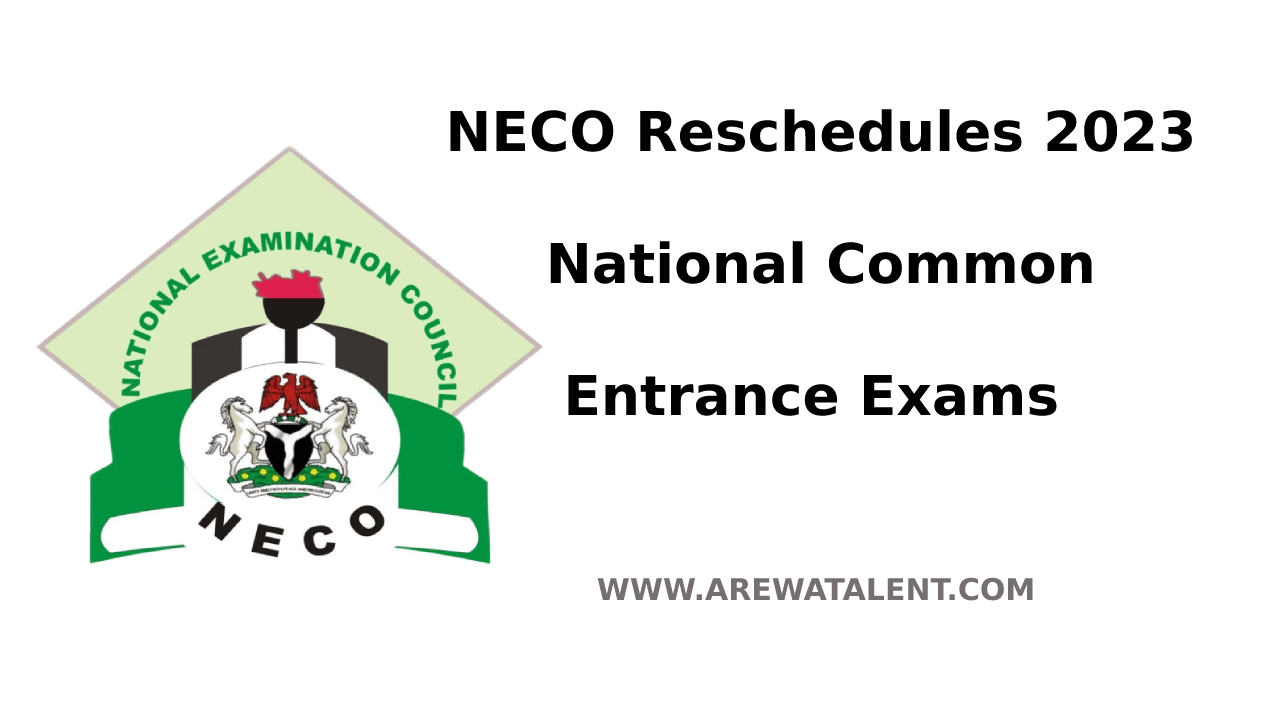
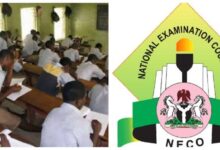

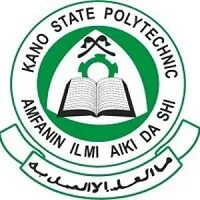

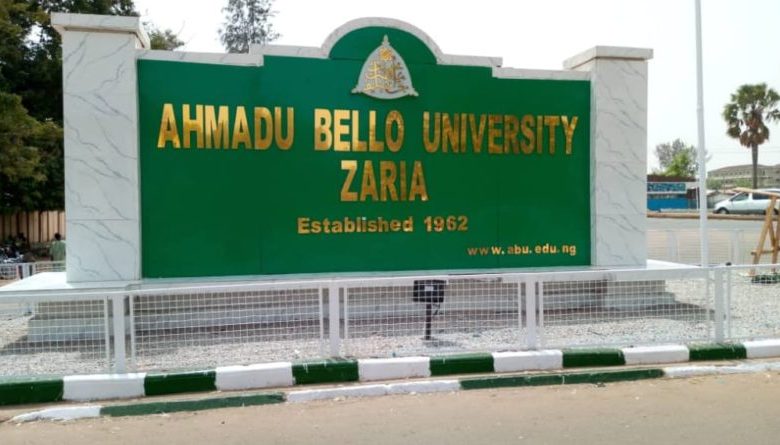
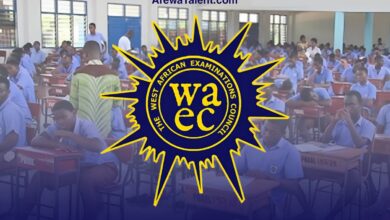
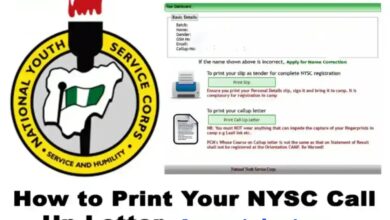




How many of the questions are we required to answer?
I need answer for practical physics exam neco 2023